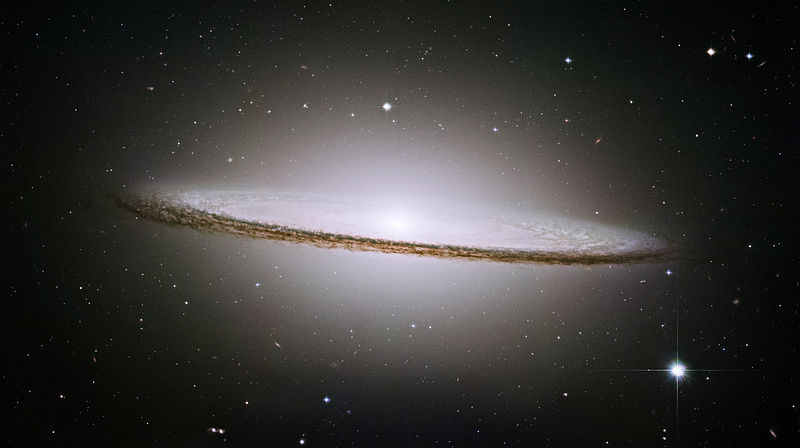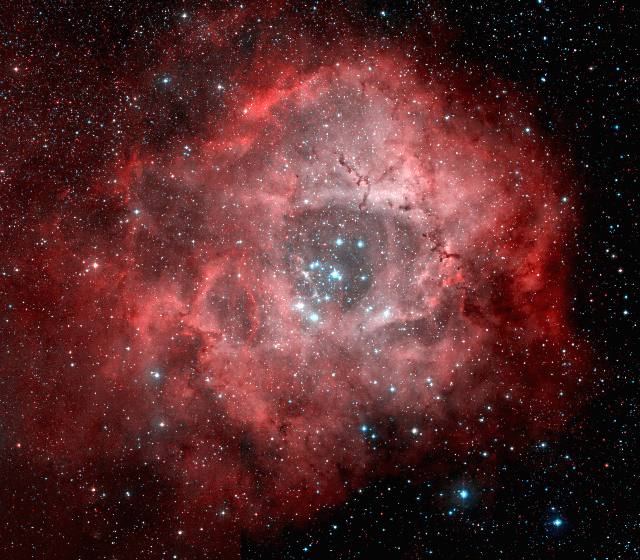
|
Cosmic dust is a special component in space.
It comprises particles that range from large molecules
with some thousands of atoms to small solid grains up
to 10 micrometer in size.
Cosmic dust is a link between the microscopic world of
atoms and the macroscopic world we sense around us.
During the century of Space Research it was realised
that cosmic dust is an important ingredient to be studied
with greater care since it brings together different
scientific fields:
astronomy, physics, fractal mathematics, chemistry,
mineralogy, and passes over to biological aspects.
Dust transports information about the composition of
distant worlds over space and time.
|
| The existence of interstellar dust was recognised by Robert
Trumpler in the 1930s while studying open star clusters.
He found that the brightness of the more distant clusters
is lower than expected, and they appeared reddened.
He explained that by dust particles along the line of sight
that absorb photons and re-emit them at longer wavelengths.
The re-emission is carried out to all directions, thus,
the light is scattered and appears dimmed.
Interstellar dust is very prominent in spiral galaxies.
It surrounds their disks, but is also present in the spiral
arms where star formation occurs.
|

|
| The galaxy's molecular gas is essential, when stars are
born in a cluster.
Usually, the particle densities vary in different regions.
In the evacuated interstellar space the value ranges from
0.1 to 100 cm-3;
in HII regions from 100 to 1000 cm-3;
and in the dark molecular clouds up to 105 cm-3.
After the birth of a star cluster, the dust drifts away,
pushed by the energetic winds and strong UV-radiation
from the hot and massive stars.
Shock waves from supernovae do support in two ways:
they liberate the region from the surplus of gas,
and also inject new dust grains that become seeds for a
consecutive formation of silicates, rocks, and planets.
|

|





